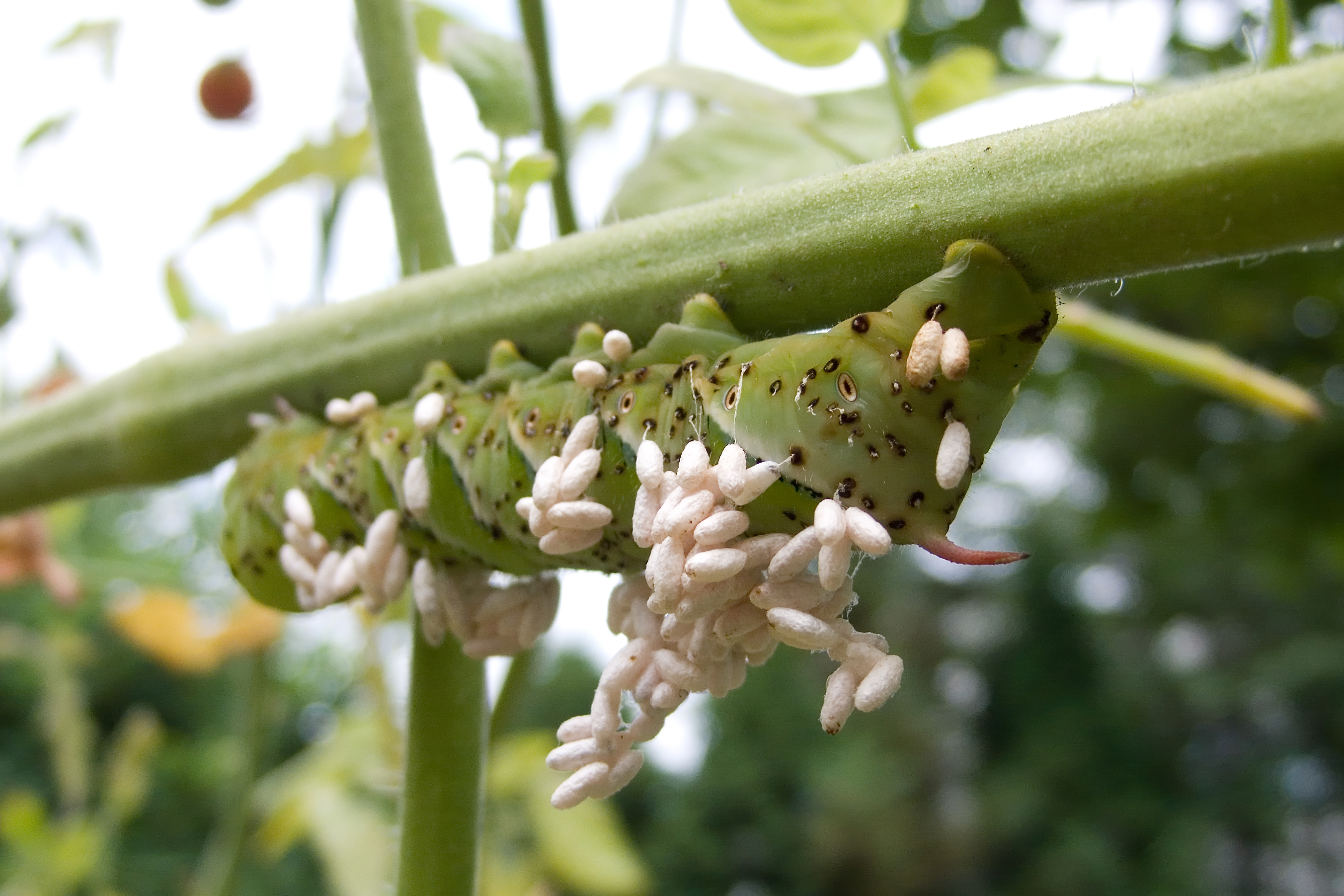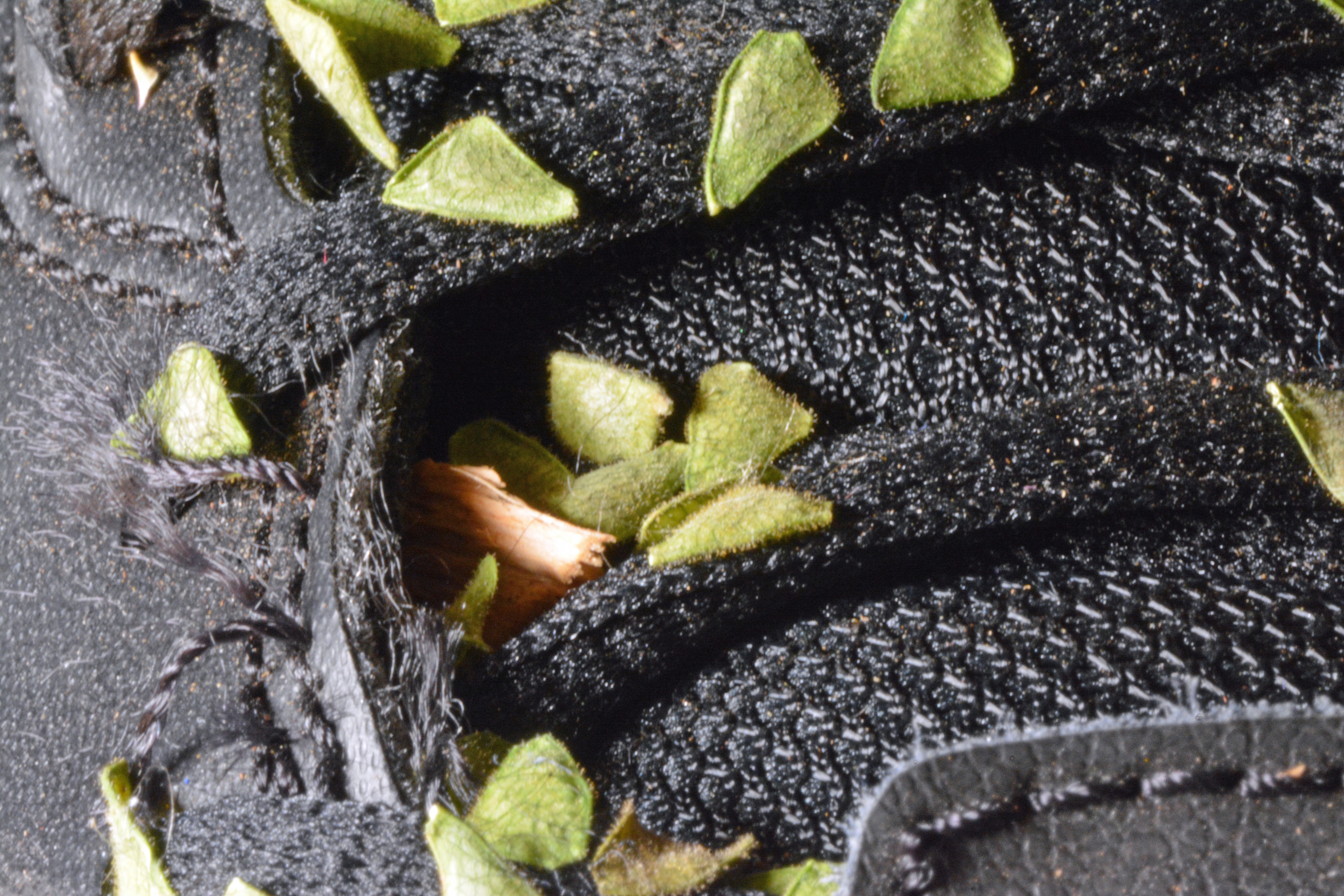|
Porphyrosela Alternata
''Porphyrosela alternata'' is a moth of the family Gracillariidae. It is known from Japan (the island of Kyūshū), Malaysia (the states of Pahang and Selangor), Nepal and Taiwan. This species is a well-known pest of cotton. The wingspan is 2.6-4.3 mm. The larvae feed on ''Desmodium'' species, including ''Desmodium heterocarpon'', '' Desmodium heterophyllum'' and '' Desmodium strigillosum''. They mine Mine, mines, miners or mining may refer to: Extraction or digging * Miner, a person engaged in mining or digging *Mining, extraction of mineral resources from the ground through a mine Grammar *Mine, a first-person English possessive pronoun ... the leaves of their host plant. References Lithocolletinae Moths of Japan Moths described in 1993 Taxa named by Tosio Kumata Moths of Malaysia Moths of Taiwan Lepidoptera of Nepal Leaf miners {{Lithocolletinae-stub ... [...More Info...] [...Related Items...] OR: [Wikipedia] [Google] [Baidu] |
Moth
Moths are a paraphyletic group of insects that includes all members of the order Lepidoptera that are not butterflies, with moths making up the vast majority of the order. There are thought to be approximately 160,000 species of moth, many of which have yet to be described. Most species of moth are nocturnal, but there are also crepuscular and diurnal species. Differences between butterflies and moths While the butterflies form a monophyletic group, the moths, comprising the rest of the Lepidoptera, do not. Many attempts have been made to group the superfamilies of the Lepidoptera into natural groups, most of which fail because one of the two groups is not monophyletic: Microlepidoptera and Macrolepidoptera, Heterocera and Rhopalocera, Jugatae and Frenatae, Monotrysia and Ditrysia.Scoble, MJ 1995. The Lepidoptera: Form, function and diversity. Oxford, UK: Oxford University Press; 404 p. Although the rules for distinguishing moths from butterflies are not well est ... [...More Info...] [...Related Items...] OR: [Wikipedia] [Google] [Baidu] |
Desmodium Heterocarpon
''Desmodium'' is a genus of plants in the legume family Fabaceae, sometimes called tick-trefoil, tick clover, hitch hikers or beggar lice. There are dozens of species and the delimitation of the genus has shifted much over time. These are mostly inconspicuous plants; few have bright or large flowers. Though some can become sizeable plants, most are herbs or small shrubs. Their fruit are loments, meaning each seed is dispersed individually enclosed in its segment. This makes them tenacious plants and some species are considered weeds in places. They have a variety of uses. Uses Several ''Desmodium'' species contain potent secondary metabolites that are released into the soil and aerially. Allelopathic compounds are used in agriculture in push-pull technology: '' Desmodium heterocarpon'', '' Desmodium intortum'', and '' Desmodium uncinatum'' are inter-cropped in maize and sorghum fields to repel '' Chilo partellus'', a stem-boring grass moth, and suppress witchweeds, in ... [...More Info...] [...Related Items...] OR: [Wikipedia] [Google] [Baidu] |
Moths Of Taiwan
Moths are a paraphyletic group of insects that includes all members of the order Lepidoptera that are not butterflies, with moths making up the vast majority of the order. There are thought to be approximately 160,000 species of moth, many of which have yet to be described. Most species of moth are nocturnal, but there are also crepuscular and diurnal species. Differences between butterflies and moths While the butterflies form a monophyletic group, the moths, comprising the rest of the Lepidoptera, do not. Many attempts have been made to group the superfamilies of the Lepidoptera into natural groups, most of which fail because one of the two groups is not monophyletic: Microlepidoptera and Macrolepidoptera, Heterocera and Rhopalocera, Jugatae and Frenatae, Monotrysia and Ditrysia.Scoble, MJ 1995. The Lepidoptera: Form, function and diversity. Oxford, UK: Oxford University Press; 404 p. Although the rules for distinguishing moths from butterflies are not well est ... [...More Info...] [...Related Items...] OR: [Wikipedia] [Google] [Baidu] |
Moths Of Malaysia
Moths are a paraphyletic group of insects that includes all members of the order Lepidoptera that are not butterflies, with moths making up the vast majority of the order. There are thought to be approximately 160,000 species of moth, many of which have yet to be described. Most species of moth are nocturnal, but there are also crepuscular and diurnal species. Differences between butterflies and moths While the butterflies form a monophyletic group, the moths, comprising the rest of the Lepidoptera, do not. Many attempts have been made to group the superfamilies of the Lepidoptera into natural groups, most of which fail because one of the two groups is not monophyletic: Microlepidoptera and Macrolepidoptera, Heterocera and Rhopalocera, Jugatae and Frenatae, Monotrysia and Ditrysia.Scoble, MJ 1995. The Lepidoptera: Form, function and diversity. Oxford, UK: Oxford University Press; 404 p. Although the rules for distinguishing moths from butterflies are not well establi ... [...More Info...] [...Related Items...] OR: [Wikipedia] [Google] [Baidu] |
Taxa Named By Tosio Kumata
In biology, a taxon (back-formation from ''taxonomy''; plural taxa) is a group of one or more populations of an organism or organisms seen by taxonomists to form a unit. Although neither is required, a taxon is usually known by a particular name and given a particular ranking, especially if and when it is accepted or becomes established. It is very common, however, for taxonomists to remain at odds over what belongs to a taxon and the criteria used for inclusion. If a taxon is given a formal scientific name, its use is then governed by one of the nomenclature codes specifying which scientific name is correct for a particular grouping. Initial attempts at classifying and ordering organisms (plants and animals) were set forth in Carl Linnaeus's system in ''Systema Naturae'', 10th edition (1758), as well as an unpublished work by Bernard and Antoine Laurent de Jussieu. The idea of a unit-based system of biological classification was first made widely available in 1805 in the int ... [...More Info...] [...Related Items...] OR: [Wikipedia] [Google] [Baidu] |
Moths Described In 1993
Moths are a paraphyletic group of insects that includes all members of the order Lepidoptera that are not butterflies, with moths making up the vast majority of the order. There are thought to be approximately 160,000 species of moth, many of which have yet to be described. Most species of moth are nocturnal, but there are also crepuscular and diurnal species. Differences between butterflies and moths While the butterflies form a monophyletic group, the moths, comprising the rest of the Lepidoptera, do not. Many attempts have been made to group the superfamilies of the Lepidoptera into natural groups, most of which fail because one of the two groups is not monophyletic: Microlepidoptera and Macrolepidoptera, Heterocera and Rhopalocera, Jugatae and Frenatae, Monotrysia and Ditrysia.Scoble, MJ 1995. The Lepidoptera: Form, function and diversity. Oxford, UK: Oxford University Press; 404 p. Although the rules for distinguishing moths from butterflies are not well estab ... [...More Info...] [...Related Items...] OR: [Wikipedia] [Google] [Baidu] |
Lithocolletinae
Lithocolletinae is a subfamily of insects in the moth family Gracillariidae. It is distributed worldwide, with most species in temperate regions.Davis, D. R. and J. De Prins. (2011)Systematics and biology of the new genus ''Macrosaccus'' with descriptions of two new species (Lepidoptera, Gracillariidae).''ZooKeys'' (98), 29-82. Diversity and distribution As of 2012, the subfamily contains over 540 species divided into ten genera.De Prins, J. and A. Y. Kawahara. (2012)Systematics, revisionary taxonomy, and biodiversity of Afrotropical Lithocolletinae (Lepidoptera: Gracillariidae).''Zootaxa'' 3594: 1–283. About half are native to the Palearctic realm, and over 100 occur in the Nearctic realm. About 66 species occur in the Afrotropical realm, 41 of which were described in the year 2012. Description Moths of the subfamily are small, with wingspans under 10 millimeters. They are often colorful, with forewings in shades of orange or red-brown with white or silvery streaks, and a ... [...More Info...] [...Related Items...] OR: [Wikipedia] [Google] [Baidu] |
Leaf Miner
A leaf miner is any one of numerous species of insects in which the larval stage lives in, and eats, the leaf tissue of plants. The vast majority of leaf-mining insects are moths ( Lepidoptera), sawflies (Symphyta, the mother clade of wasps), and flies ( Diptera). Some beetles also exhibit this behavior. Like woodboring beetles, leaf miners are protected from many predators and plant defenses by feeding within the tissues of the leaves, selectively eating only the layers that have the least amount of cellulose. When attacking ''Quercus robur'' (English oak), they also selectively feed on tissues containing lower levels of tannin, a deterrent chemical produced in great abundance by the tree. The pattern of the feeding tunnel and the layer of the leaf being mined is often diagnostic of the insect responsible, sometimes even to species level. The mine often contains frass, or droppings, and the pattern of frass deposition, mine shape, and host plant identity are useful to de ... [...More Info...] [...Related Items...] OR: [Wikipedia] [Google] [Baidu] |
Desmodium Strigillosum
''Desmodium'' is a genus of plants in the legume family Fabaceae, sometimes called tick-trefoil, tick clover, hitch hikers or beggar lice. There are dozens of species and the delimitation of the genus has shifted much over time. These are mostly inconspicuous plants; few have bright or large flowers. Though some can become sizeable plants, most are herbs or small shrubs. Their fruit are loments, meaning each seed is dispersed individually enclosed in its segment. This makes them tenacious plants and some species are considered weeds in places. They have a variety of uses. Uses Several ''Desmodium'' species contain potent secondary metabolites that are released into the soil and aerially. Allelopathic compounds are used in agriculture in push-pull technology: ''Desmodium heterocarpon'', ''Desmodium intortum'', and ''Desmodium uncinatum'' are inter-cropped in maize and sorghum fields to repel ''Chilo partellus'', a stem-boring grass moth, and suppress witchweeds, including ... [...More Info...] [...Related Items...] OR: [Wikipedia] [Google] [Baidu] |
Desmodium
''Desmodium'' is a genus of plants in the legume family Fabaceae, sometimes called tick-trefoil, tick clover, hitch hikers or beggar lice. There are dozens of species and the delimitation of the genus has shifted much over time. These are mostly inconspicuous plants; few have bright or large flowers. Though some can become sizeable plants, most are herbs or small shrubs. Their fruit are loments, meaning each seed is dispersed individually enclosed in its segment. This makes them tenacious plants and some species are considered weeds in places. They have a variety of uses. Uses Several ''Desmodium'' species contain potent secondary metabolites that are released into the soil and aerially. Allelopathic compounds are used in agriculture in push-pull technology: ''Desmodium heterocarpon'', ''Desmodium intortum'', and ''Desmodium uncinatum'' are inter-cropped in maize and sorghum fields to repel ''Chilo partellus'', a stem-boring grass moth, and suppress witchweeds, including Asi ... [...More Info...] [...Related Items...] OR: [Wikipedia] [Google] [Baidu] |









